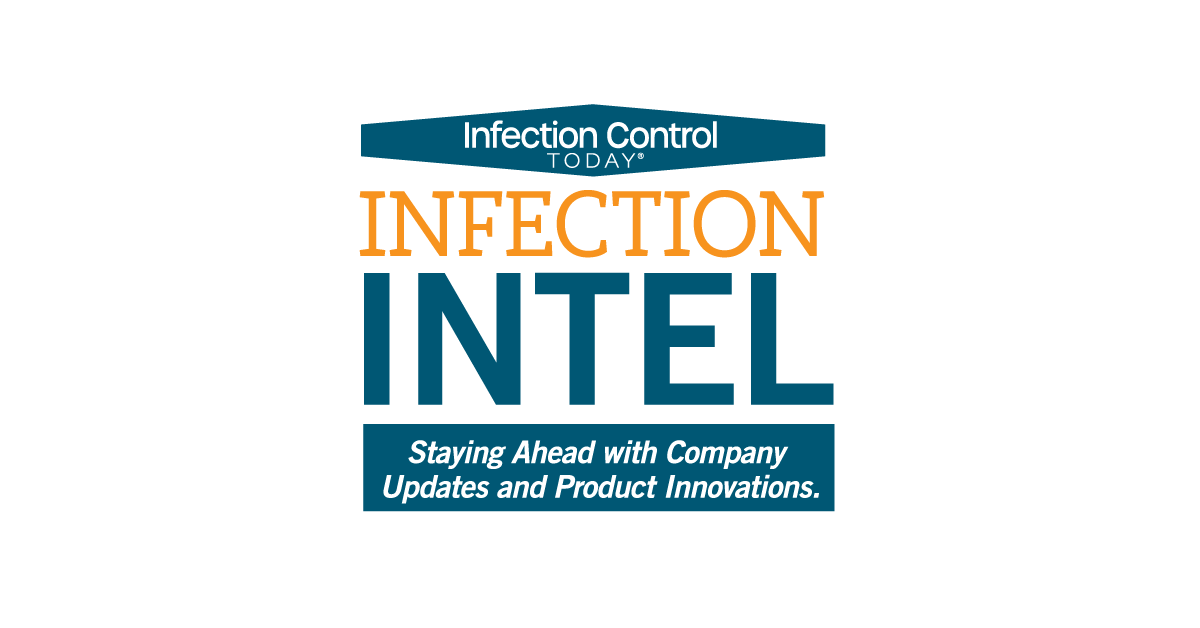Infection Intel: Revolutionizing Infection Monitoring for Chemotherapy Patients With iTempShield
Explore how AION Biosystems' iTempShield, a skin-wearable device and software system, could transform infection monitoring for chemotherapy patients, enhancing early detection, and reducing hospitalizations.
For patients undergoing chemotherapy, infection risks are a critical concern. To help address this point, AION Biosystems has developed iTempShield, a skin-wearable device and software system that tracks temperature remotely and accurately. It helps patients and clinicians stay ahead of infections, especially for high-risk populations. iTempShield is a small, quarter-sized wearable device that can be placed on the skin. It is supported by cloud-based software and proprietary algorithms, which enable it to continuously measure body temperature for up to 60 days.
The device is designed for various clinical applications, including oncology, sepsis monitoring, post-surgical infection detection, long-term care, and consumer home health. It is fully reimbursable and approved for use on adults and children 5 years and older in hospitals, outpatient healthcare facilities, remote patient monitoring environments, and over-the-counter consumer sales.
Infection Control Today Infection Intel: Staying Ahead with Company updates and product Innovations.

Currently, iTempShield is in use at Ellis Medicine’s Roswell Park Cancer Institute. The technology is also being deployed broadly across Schenectady, New York, through the Smart City program.
To learn more about iTempShield and the program, Infection Control Today® (ICT®) spoke with Vincent Giovagnoli, the Stay Well Program Director at the City of Schenectady; and Tallat Mahmood, MD, medical director at Ellis Medicine’s Roswell Park Cancer Institute, Schenectady, New York, and affiliate assistant professor of internal medicine.
Mahmood explained why checking a patient undergoing chemotherapy is important: “if after you give [patients undergoing] chemotherapy when their blood counts go down, they're at particular risk for infections. And the sooner you treat them for an infection, the more likely you're able to get a handle on it and keep them out of the hospital. It's better to jump on it quickly, then, rather than let them get septic, and then it becomes a huge ordeal. We generally will tell patients to make, especially at that 7 to 14 [day] time period, when we know that they're at risk, that that's when the blood counts drop, to check their temperature every day.”
Giovagnoli explains the collaboration between the city of Schenectady, New York, and Ellis Medicine’s Roswell Park Cancer Institute: “This is a collaborative effort from the city, the hospital, as AION Biosystems. The goal is to mitigate infections and reduce hospital admissions. This is also a revenue-generating, self-sustaining concept for remote patient monitoring. We want to reduce the [number] of patients [who] are going to the emergency department because, especially if [they] are immunocompromised, we want to support these immunocompromised patients by providing them with some type of remote patient monitoring resource as well as a device that is it's very easy for them to be compliant with this device because [they] just put it on [themselves and] forget about it. What we found is that we can detect infections at an earlier stage than they typically would if they were doing an oral temperature thermometer, and then at that point, we can monitor the patient in an outpatient setting at the comfort of their home.”
Bridging the Gap: Operating Room and Central Processing Unite to Improve Surgical Efficiency
April 8th 2025Communication breakdowns between the operating room and central processing led to delays and frustration—until collaboration, cross-training, and shared goals turned metrics around and strengthened teamwork.